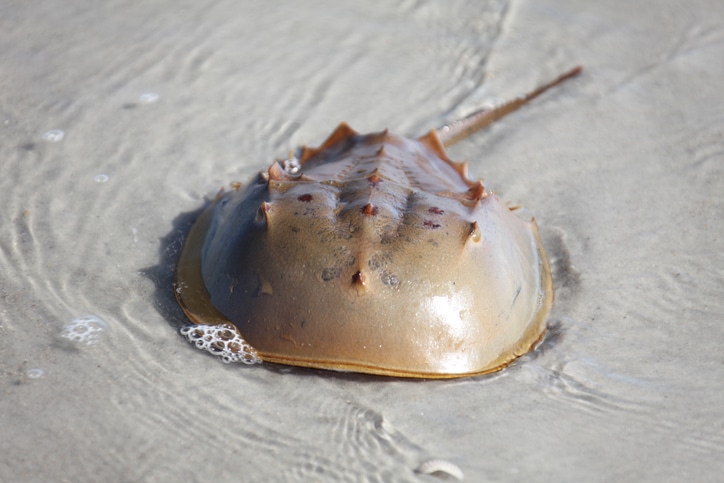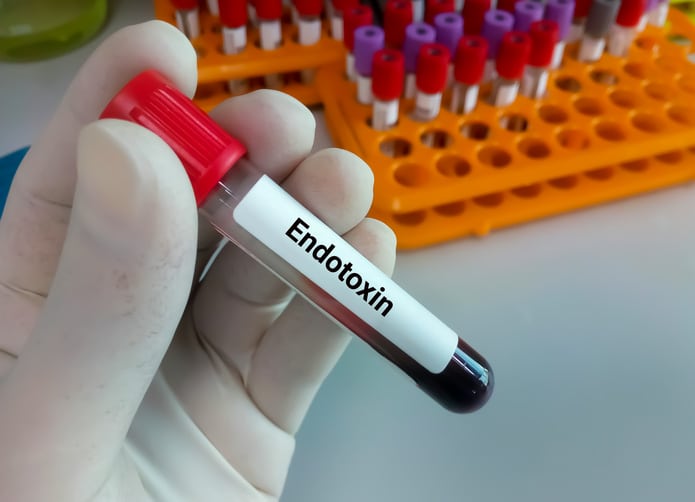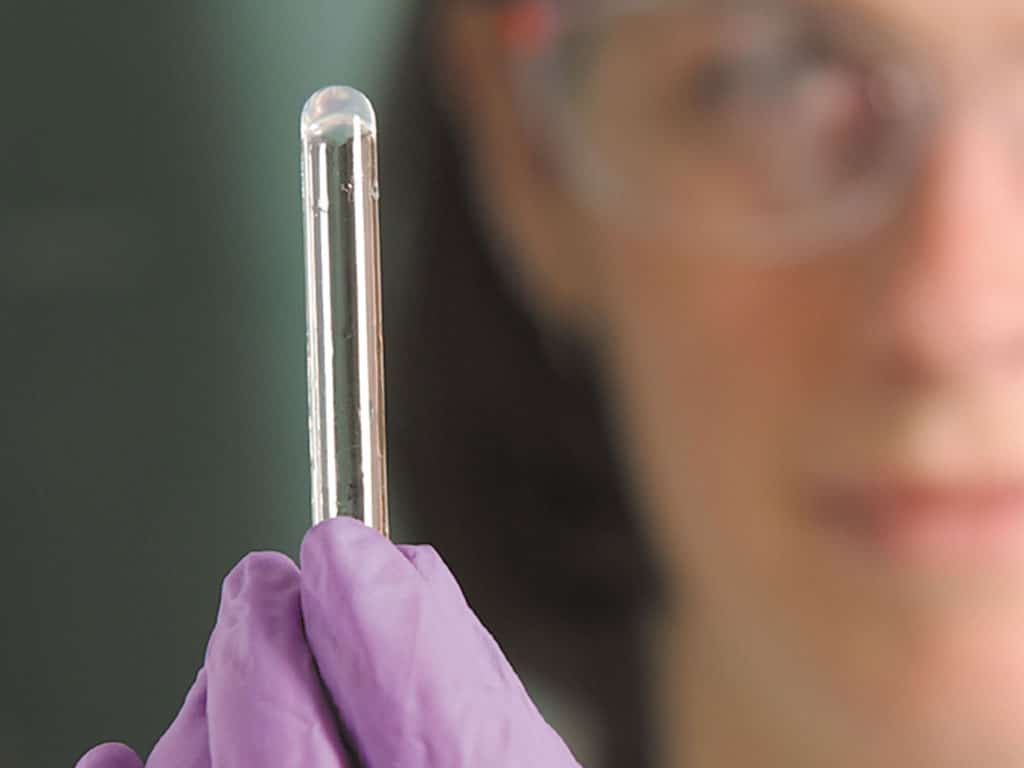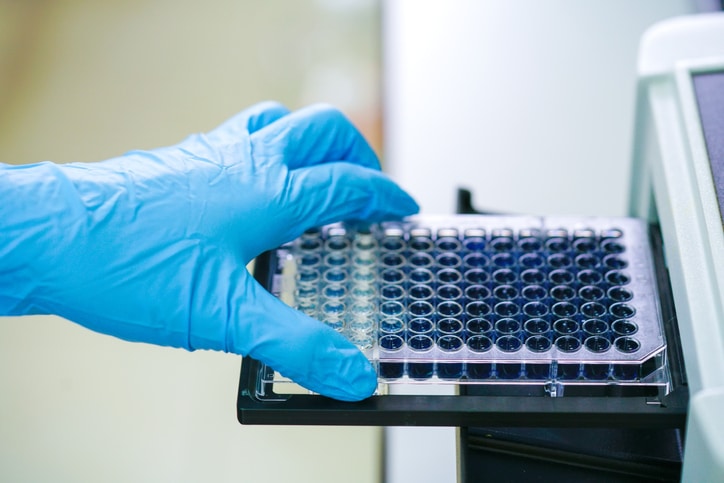The Limulus Amebocyte Lysate test (LAL test)
What is the Limulus Amebocyte Lysate test (or LAL test), what are its strengths and weaknesses, and how does the LAL test compare to other endotoxin and pyrogen tests available on the market?
What is the LAL test?
The LAL test is a bacterial endotoxin test (BET) employed by medicinal product manufacturers worldwide. Specifically, the LAL test is a means of detecting and, in some cases quantifying the presence of endotoxins, also known as lipopolysaccharides (LPS), deriving from gram-negative bacteria. The LAL test is employed as a batch-release assay for parenteral drugs and medical devices before their distribution into the market.

Background of the LAL test
Frederick Bang and Jack Levin observed in the 1950s that amebocytes of the horseshoe crab, Limulus polyphemus, clot when exposed to endotoxins. Within 30 years, the LAL test was introduced across pharmacopeias as an endotoxin detection assay. Though initially hoped to replace the rabbit pyrogen test (RPT), the LAL test’s failure to detect non-endotoxins pyrogens meant it could not gain status as a stand-alone pyrogen test.

How does the LAL test principle work?
A drug sample is incubated within the LAL test reagent. If the drug sample is contaminated with endotoxins, a process initiates within the horseshoe crab amebocytes involving the chained activation of a cascade of enzymes, which culminates in clotting. In the case of classical LAL, the clotting that is observed signals endotoxin contamination.

Does the Ph. Eur. approve the LAL test?
The European Pharmacopoeia approves the LAL test as a compendial assay for Endotoxin detection (2.6.32). However, the LAL test does not constitute a pyrogen test; the European Pharmacopoeia (5.1.10) mandates a test-based risk assessment for non-endotoxin pyrogens to occur at release or during the development of the production process wherever an Endotoxin test like the LAL test is employed at release.
Variations of the LAL test include —
The LAL test technique has predominantly three variations: the gel-clot, turbidimetric and chromogenic methods. Beyond these, the latter two have further sub-variants; kinetic and endpoint tests.

The gel-clot LAL test assay
The gel-clot LAL test method requires no detection equipment or software, simply the human eye to determine whether gel clotting has occurred after drug incubation. This purely qualitative LAL test method is simple and economical but low on sensitivity (LoD of 0.015 – 0.5 EU/ml), adequate for just swift and informal testing during the initial stages of a product’s development.

The turbidimetric LAL test assay
The turbidimetric LAL test method employs a photometric instrument to kinetically read the cloudiness (turbidity) of the clotted test solution. This LAL variant is more sensitive than the gel-clot (LoD of 0.001 EU/ml) method and delivers quantifiable results, making it suitable for endotoxin release testing of simple pharmaceutical products.

The chromogenic LAL test assay
The chromogenic LAL test method uses a tube or microplate reader to visualize and measure the degree of color change that is induced during the clotting process. The most sensitive (LoD of 0.0002 EU/ml) but expensive LAL variant, this method delivers quantifiable results, making it best suited as an endotoxin-detecting release assay for today’s more complex drugs and medical devices.

Further LAL test sub-variants
There are two turbidimetric and chromogenic LAL test methods: kinetic and endpoint. The kinetic method measures endotoxins at different intervals during the assay’s reaction, while the endpoint method measures only after the reaction. The endpoint method’s single measurement means it must be taken at precisely the right time to succeed. Otherwise, the test must be repeated.
Specifics to note when considering whether to employ the LAL test
What other assays are most commonly used to overcome these challenges?
Human non-specificity
Unlike other assays, the LAL test does not mimic the human reaction to endotoxin contamination as it is based on horseshoe crab rather than human blood.
In-vitro but still animal harming
Biomedical companies are said to harvest only 30% of the blood of a caught horseshoe crab when producing their LAL tests and then return it to the ocean. However, a growing body of evidence shows that 5 – 20% of crabs die during extraction, while those that return to the ocean experience significant difficulty reproducing.
Omission of NEP detection
While the LAL test is efficacious in detecting endotoxin pyrogens deriving from gram-negative bacteria, it fails to detect non-endotoxin pyrogens that may contaminate a parenteral which derive from gram-positive bacteria, plastics, molds, and a vast host of other sources.
Susceptibility to LER effects
Although our understanding of the exact underpinnings of the LER effect is still incomplete, we know that the LAL’s enzymatic reaction makes it particularly susceptible to such masking effects compared to other assays based on biological reactions (e.g., MAT).
The LAL Test vs. other test methods
The LAL test vs. RPT
Even though RPT has a much lower sensitivity than LAL, RPT does test (like MAT) for both endotoxins and non-endotoxin pyrogens (NEPs) as a qualitative test. The Limulus Lysate Test can only test for endotoxins. But because it’s good at doing so, the USFDA allowed LAL to replace RPT for detecting endotoxins in pharmaceutical and medical devices in 1977. All international pharmacopeias recommend LAL as the method to test for endotoxins. Even so, it is still a requirement in the US to test a new drug for NEPs at least once. Many pharmacopeias also recommend replacing tests that use animals with tests that don’t, and both RPT and LAL use animals for their tests. LAL, however, takes the blood from the horseshoe crab and uses it outside of the living body, whereas with RPT, the drugs that need to be tested are injected into the rabbits.
The LAL test vs. rFC
An alternative BET method, based on LAL, has been recently developed. This method uses a recombinant (genetically engineered) form of factor C, the first enzyme in the horseshoe crab clotting cascade. But with rFC, this cascade of multiple enzymatic steps doesn’t occur; instead, it’s a single enzymatic step. It is supposed to be as accurate, sensitive, and specific as LAL. Because factor C is genetically engineered, it’s an animal-free method. Nevertheless, it is still based on the process that takes place inside of the horseshoe crab, and unlike MAT, not based on the human reaction to endotoxins. Besides that, rFC, like LAL, can not detect non-endotoxins.
The LAL test vs. MAT
The most significant differences between LAL and MAT concern the use of animals and whether they can test for non-endotoxins. While LAL takes blood from the horseshoe crab to test for endotoxins, MAT uses human donor blood to mimic the human reaction to pyrogens, endotoxins, and non-endotoxin pyrogens. As a quantitative test, MAT reveals the amount of pyrogens present, as well as the effect it has on human beings. Therefore, many pharmacopeias prefer MAT. Additionally, MAT has been approved by the EP as a comprehensive pyrogen test, whereas with the LAL test, you’re still required to test for non-endotoxins at least once (using RPT or MAT).
| Limulus Amebocyte Lysate Test (LAL) | Rabbit Pyrogen Test(RPT) | Recombinant factor C (rFC) | Monocyte Activation Test (MAT) | ||
|---|---|---|---|---|---|
| Assay type | Ex-vivo | In-vivo | In-vitro | In-vitro | |
| Sensitivity(Limit of Detection) | 0.005 EU/ml | 0.05 EU/ml | 0.005 EU/ml | 0.004 EU/ml | |
| Delivered results | Quantitative / Qualitative | Qualitative | Quantitative | Quantitative | |
| Ph. Eur. perspective | Inadequate for pyrogen testing | Being transitioned out | Inadequate for pyrogen testing | Approved | |
| Detectable pyrogenic contaminations | Endotoxins (from Gram negative bacteria) | ✔ | ✔ | ✔ | ✔ |
| Gram-positive bacteria | ✘ | ✔ | ✘ | ✔ | |
| Yeasts & Molds | ✘ | ✔ | ✘ | ✔ | |
| Viruses | ✘ | ✔ / ✘ | ✘ | ✔ | |
| Possible applications | Pharmaceuticals | ✔ | ✔ | ✔ | ✔ |
| Medical devices | ✔ / ✘ | ✔ | ✔ / ✘ | ✔ | |
| Biologicals | ✔ / ✘ | ✔ | ✔ / ✘ | ✔ | |
| Cell therapeutics | ✔ / ✘ | ✘ | ✔ / ✘ | ✔ | |